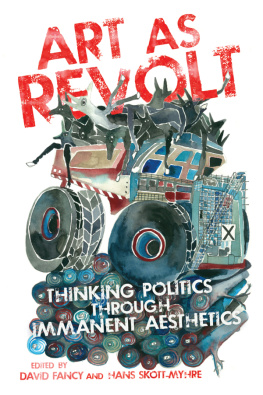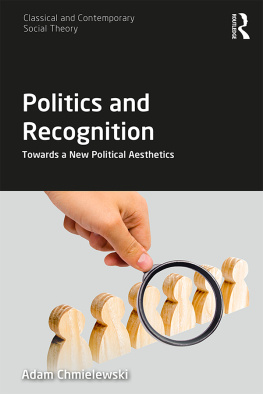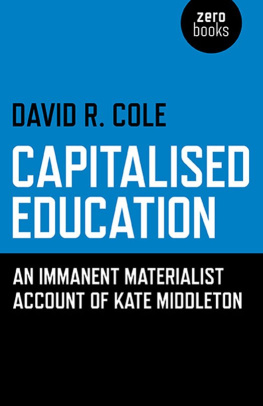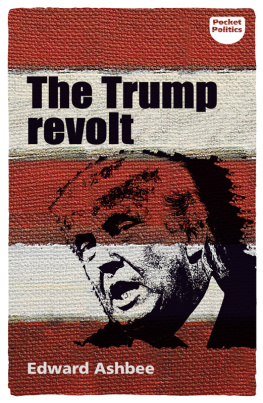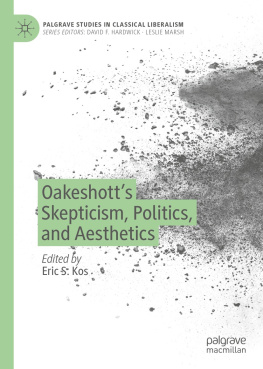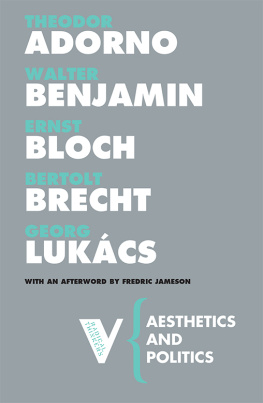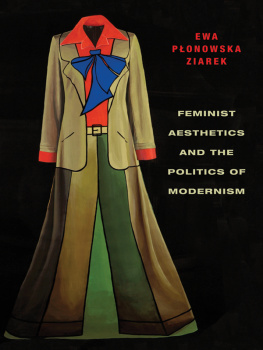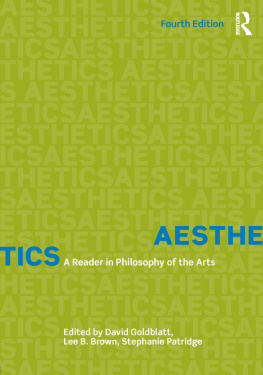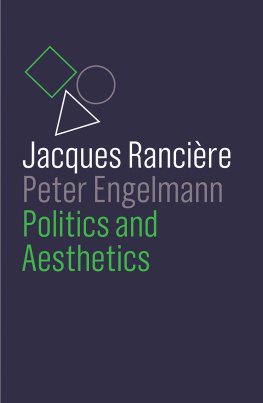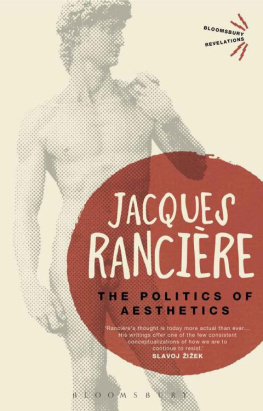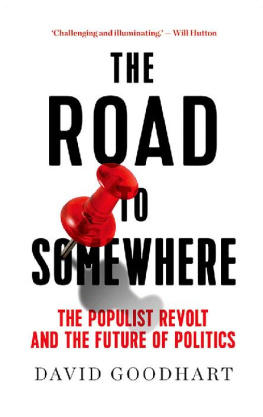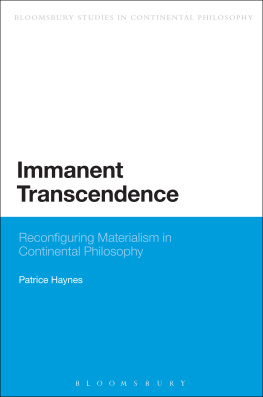Fancy David - Art As Revolt : Thinking Politics Through Immanent Aesthetics
Here you can read online Fancy David - Art As Revolt : Thinking Politics Through Immanent Aesthetics full text of the book (entire story) in english for free. Download pdf and epub, get meaning, cover and reviews about this ebook. year: 2019, publisher: McGill-Queens University Press, genre: Romance novel. Description of the work, (preface) as well as reviews are available. Best literature library LitArk.com created for fans of good reading and offers a wide selection of genres:
Romance novel
Science fiction
Adventure
Detective
Science
History
Home and family
Prose
Art
Politics
Computer
Non-fiction
Religion
Business
Children
Humor
Choose a favorite category and find really read worthwhile books. Enjoy immersion in the world of imagination, feel the emotions of the characters or learn something new for yourself, make an fascinating discovery.
- Book:Art As Revolt : Thinking Politics Through Immanent Aesthetics
- Author:
- Publisher:McGill-Queens University Press
- Genre:
- Year:2019
- Rating:5 / 5
- Favourites:Add to favourites
- Your mark:
- 100
- 1
- 2
- 3
- 4
- 5
Art As Revolt : Thinking Politics Through Immanent Aesthetics: summary, description and annotation
We offer to read an annotation, description, summary or preface (depends on what the author of the book "Art As Revolt : Thinking Politics Through Immanent Aesthetics" wrote himself). If you haven't found the necessary information about the book — write in the comments, we will try to find it.
Fancy David: author's other books
Who wrote Art As Revolt : Thinking Politics Through Immanent Aesthetics? Find out the surname, the name of the author of the book and a list of all author's works by series.
Art As Revolt : Thinking Politics Through Immanent Aesthetics — read online for free the complete book (whole text) full work
Below is the text of the book, divided by pages. System saving the place of the last page read, allows you to conveniently read the book "Art As Revolt : Thinking Politics Through Immanent Aesthetics" online for free, without having to search again every time where you left off. Put a bookmark, and you can go to the page where you finished reading at any time.
Font size:
Interval:
Bookmark:
Thinking Politics through
Immanent Aesthetics
Edited by
DAVID FANCY AND HANS SKOTT-MYHRE
McGill-Queens University Press
Montreal & Kingston London Chicago
McGill-Queens University Press 2019
ISBN 978-0-7735-5728-4 (cloth)
ISBN 978-0-7735-5729-1 (paper)
ISBN 978-0-7735-5785-7 (ePDF)
ISBN 978-0-7735-5786-4 (ePUB)
Legal deposit third quarter 2019
Bibliothque nationale du Qubec
Printed in Canada on acid-free paper that is 100% ancient forest free (100% post-consumer recycled), processed chlorine free
This book has been published with the help of a grant from the Humanities Research Institute, Brock University, and from Kennesaw State University.

We acknowledge the support of the Canada Council for the Arts.
Nous remercions le Conseil des arts du Canada de son soutien.
Library and Archives Canada Cataloguing in Publication
Title: Art as revolt: thinking politics through immanent aesthetics / edited by David Fancy and Hans Skott-Myhre.
Names: Fancy, David, editor. | Skott-Myhre, Hans Arthur, editor.
Description: Includes bibliographical references and index.
Identifiers: Canadiana (print) 20190086920 | Canadiana (eBOOK) 20190086998 | ISBN 9780773557291 (softcover) | ISBN 9780773557284 (hardcover) | ISBN 9780773557857 (ePDF) | ISBN 9780773557864 (ePUB)
Subjects: LCSH: AestheticsPolitical aspects. | LCSH: ArtsPolitical aspects. | LCSH: Popular culture.
Classification: LCC BH301.P64 A78 2019 | DDC 111/.85dc23
This book was typeset by Marquis Interscript.
David Fancy and Hans Skott-Myhre
This edited collection is an effort to think about the force of Art writ large as popular culture in the most inclusive sense. We have gathered pieces on blues and hip hop, virtual reality, postcolonial science fiction, virtual gaming, riot girls and punk, raku pottery, post-pornography fanzines, zombie films, and role playing. We have imagined these divergent and diverse incursions into pop culture as clustering around themes such technology and the future, aesthetics and resistance, and auto-ethnographies of the post-identitarian. Of course, we realize that these assemblages engage the lines of inquiry we and our authors have foregrounded as being of interest, but, like artists, we have reserved the option to bricolage and pastiche our investigations while seeking to inhabit a broader canvas.
The surface onto which we project our collage in this volume is that of twenty-first-century politics, which we argue is now imbued and entangled with the aesthetic in a manner more powerful, troubling, and evocative of possibility than at any other time in history. We make this argument on the basis of the emerging system of rule that is global postmodern capitalism and its aggressive production and circulation of semiocapital (Hardt and Negri 2000, 2004, 2009; Lazzarato 1996, 2014; Srnicek 2016; Stiegler 2014). This brutal and predatory system of absolute simulacrum, with its ever-shifting panorama of symbolic representations of value, presents the very real possibility of appropriating and eviscerating the realm of the aesthetic by producing it as radically scissioned from any material relation to living things.
With broad-reaching imperatives in the arenas of education, psychology, social and economic theory as well the production of what Antonio Negri (1996) and Maurizio Lazzarato (1996) call immaterial labour, twenty-first-century capitalism extends its filaments of the purely symbolic into the very fabric of our desiring capacities. Desire in this instance might be thought of either in terms of what Deleuze and Guattari (1977) term desiring production that agentless force of sheer productive force that imbues life with what Gregory Bateson (1972) calls the pattern which connects or we might think of it as what Eve Tuck (2010) refers to as that collective and cultural force operating both inside and outside of history that allows each of us to sustain modes of cultural subjectivity in the midst of what is now an ongoing global cultural genocide. In Negris (2011, 18, emphasis in original) words:
The market and its power [potere] have absorbed every potentiality [potenza] in order to deny them the possibility of becoming singular, of being valid for someone or for something. Of producing. Creativity is withdrawn. Impotence is the very fabric of discoursing, of communicating, of doing. Not emptiness but impotence. The great circulatory machine of the market produces the nothing of subjectivity. The market destroys creativity. Potenza is withdrawn.
Whether we think of such a cultural and social crisis in terms of what Guattari (2005) refers to as the escalating extinction of social and cultural forms such as collectivity, compassion, and non-monetary forms of value, or in terms of what Michael Hardt (1995) delineates as the evacuation of social forms of civil society such as the family, the church, and democratic forms of governance, it seems clear to us that the factional politics of the twentieth century are no longer adequate to the challenges of the twenty-first. To this end, we offer this book as a series of propositions that highlight politicized strategies that deploy the aesthetic under current conditions of late liberal capitalism with its economies of attention and affect. Our intention is to interrogate the capacities of art, as Deleuze and Guattari (2014) would have it, as an encounter and opportunity for experimentation.
What follows is premised on two integrally related philosophical concepts: immanence and aesthetics. We use these terms as theoretical frameworks because their interaction affords the opportunity for complex experimental connectivities and relationalities that open intersections and entanglements of subjectivity, creativity, perception, and culture. Immanence has a long history, from the work of Spinoza forward, as having the capacity to formulate a politics anchored in the inseparable relations of living force. Whether it is the neo-vitalist readings of Braidotti (2006), the posthumanism of Gatens (1996), the transversality of Guattari (2008), the dynamics of individuation in Simondon (2005), the affect of Massumi (2002), or the politics of sense to be found in Deleuze (2004), immanence seems to open the capacity to access indeterminate vistas of creative capacity produced in the confluence of sheer agential materiality and thought.
Following Spinoza (2000) we would suggest immanence as any system capable of producing itself without reference to an outside. That is to say, immanence is utterly autopoietic or self-generating and self-sustaining, not so much constructivist as inventivist (Massumi 2002). According to Spinoza, the impetus for an immanent system is the expression of it own capacities. This set of capacities is both infinite and utterly contingent. Immanence is an infinitely emergent system composed of elements each of which has an idiosyncratic capacity of singular expression. Each unit of infinite and singular expression can only discover what it can do through an encounter with another element. The sole determinate for immanence is the force of expression. What is expressed, how it is expressed, how long that expression is sustained, and what combinations and variations are extended across time and space are completely dependent upon the instant of encounter. Of course, in the human realm that instant of encounter is occurring within broader cultural and social assemblages and connectivities, but, on a more expansive and inclusive level, it is also occurring within each atomic second at an infinite rate. For Spinoza all systems, from galaxies to subatomic particles, are variations of the possibilities of complex assemblages. Put simply, immanence is the condition and potential for all creation and destruction.
Font size:
Interval:
Bookmark:
Similar books «Art As Revolt : Thinking Politics Through Immanent Aesthetics»
Look at similar books to Art As Revolt : Thinking Politics Through Immanent Aesthetics. We have selected literature similar in name and meaning in the hope of providing readers with more options to find new, interesting, not yet read works.
Discussion, reviews of the book Art As Revolt : Thinking Politics Through Immanent Aesthetics and just readers' own opinions. Leave your comments, write what you think about the work, its meaning or the main characters. Specify what exactly you liked and what you didn't like, and why you think so.

